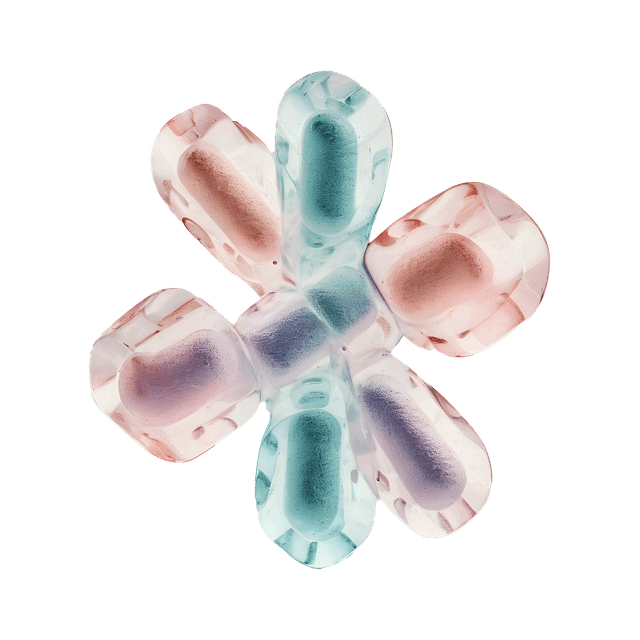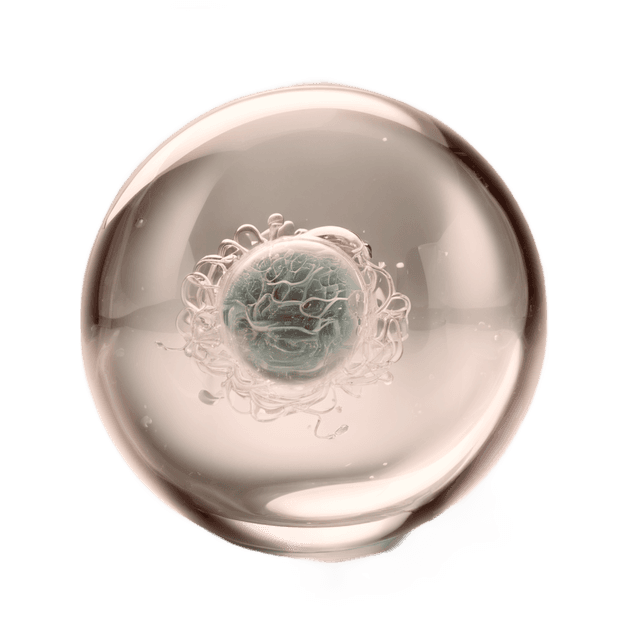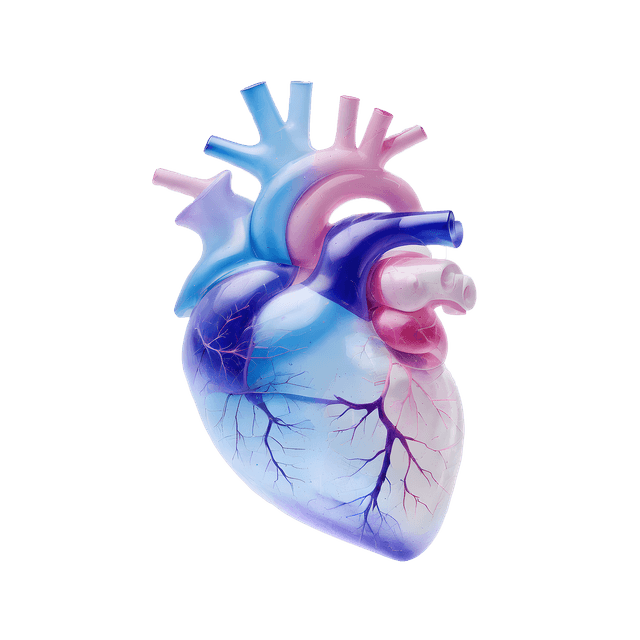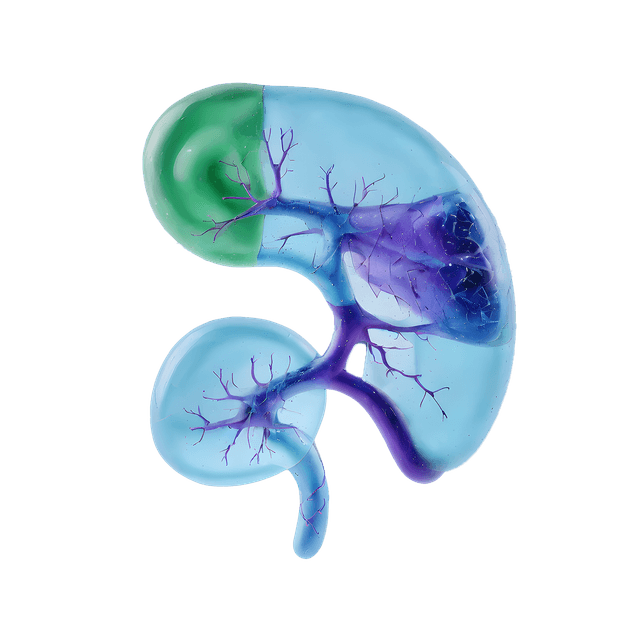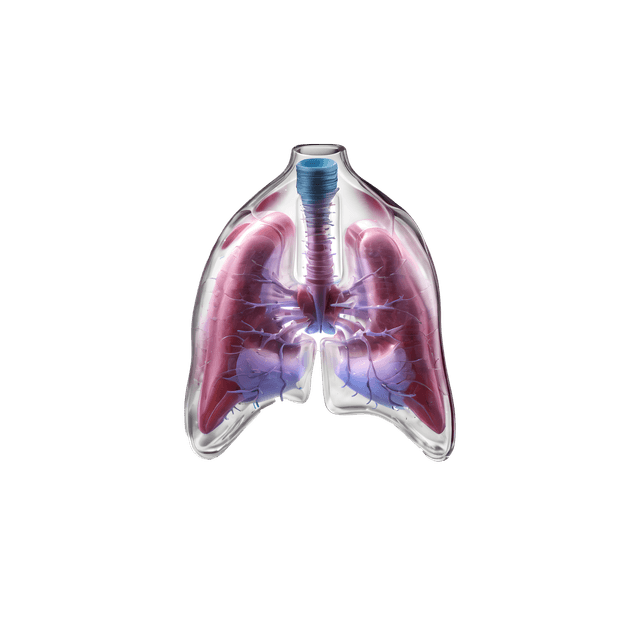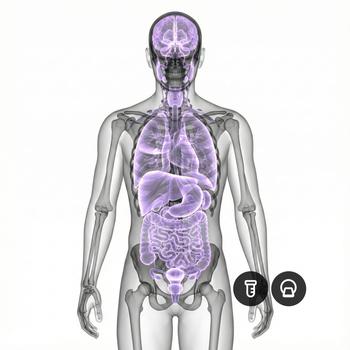Quick version
The ribs provide important protection for the body’s internal organs and enable the mechanics of breathing. If you experience rib pain, you should always seek a doctor’s evaluation, especially if you suspect a fracture or inflammation.
- Protect the heart, lungs, and major blood vessels
- Facilitate breathing and movement
- Common causes of pain include fracture, inflammation, or muscle tension
- Diagnosis is made through clinical examination and imaging
What are the ribs?
The ribs are a series of curved bones that extend all the way from the spine to the breastbone on each side of the body. In total, we have twelve pairs of ribs that together form the rib cage and help protect vital organs such as the heart, lungs, and major blood vessels.
Function of the ribs
The ribs help maintain the shape of the chest and protect important organs from external injury. When we breathe, the ribs assist in adjusting lung volume by lifting and lowering.
Ribs consist of bone and cartilage
Each rib consists of a bony part and a cartilaginous part. The top seven pairs are attached to the breastbone via their cartilage, while the lower five are only partially attached or not at all. The two lowest ribs are commonly referred to as floating ribs.
Pain conditions and common diseases
There are several causes of rib pain. Common injuries or conditions include fractures, inflammation of the cartilage joint (costochondritis), overexertion, or nerve pain caused by pressure on the nerves.
Examination and diagnosis
An assessment of rib pain is made through medical history, clinical examination, and sometimes X-ray or ultrasound. If a fracture is suspected, X-ray is the most common method, while a magnetic resonance imaging (MRI) of the chest can provide a detailed image of soft tissue injuries. Important diagnostic and treatment factors include the level of pain and whether breathing is affected.
Relevant symptoms
- Pain or coughing during deep breaths
- Tenderness when pressing or touching the area
- Difficulty taking deep breaths
- Bruising or swelling over the chest
- Popping sound or sensation during movement
Related conditions and diagnoses
- Chest trauma
- Intercostal neuralgia
- Pleurisy (inflammation of the pleura)
- Chest bone pain
- Osteoporosis-related fractures




